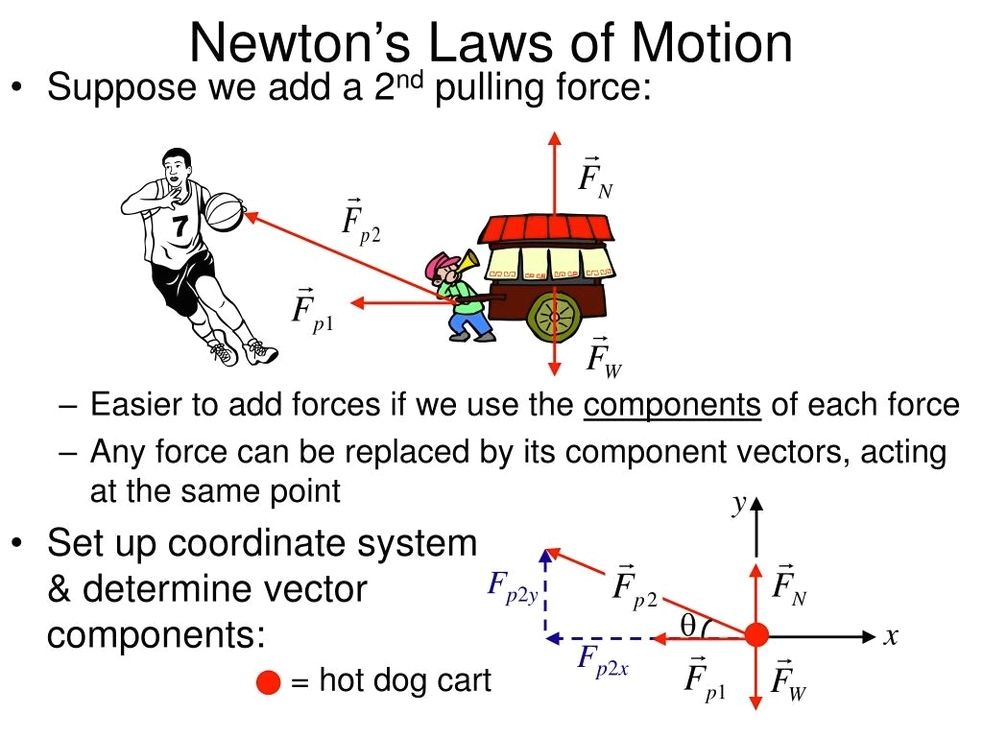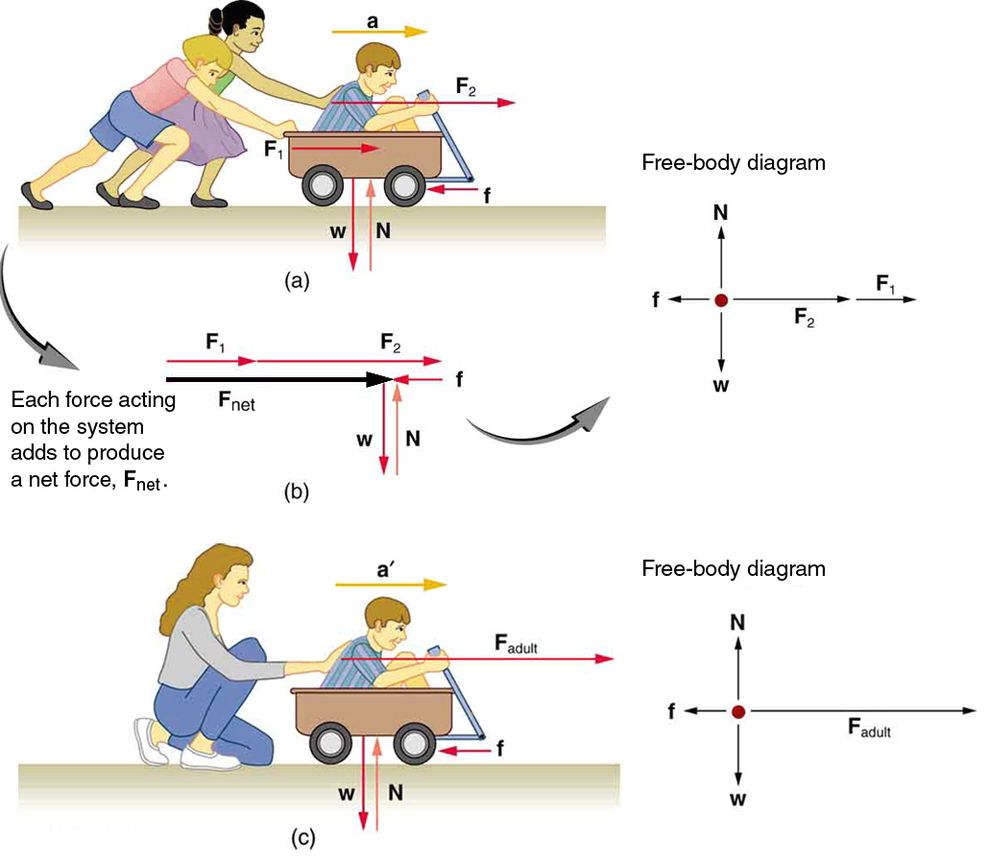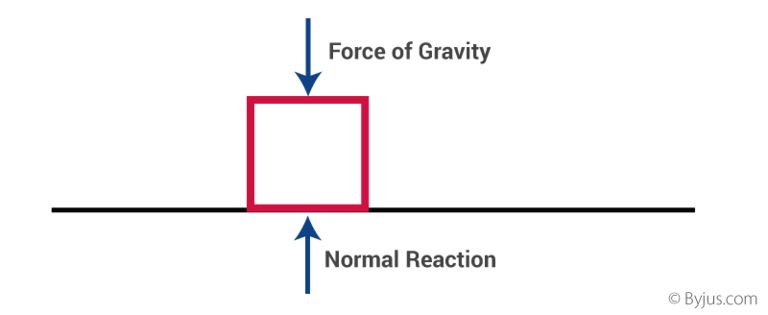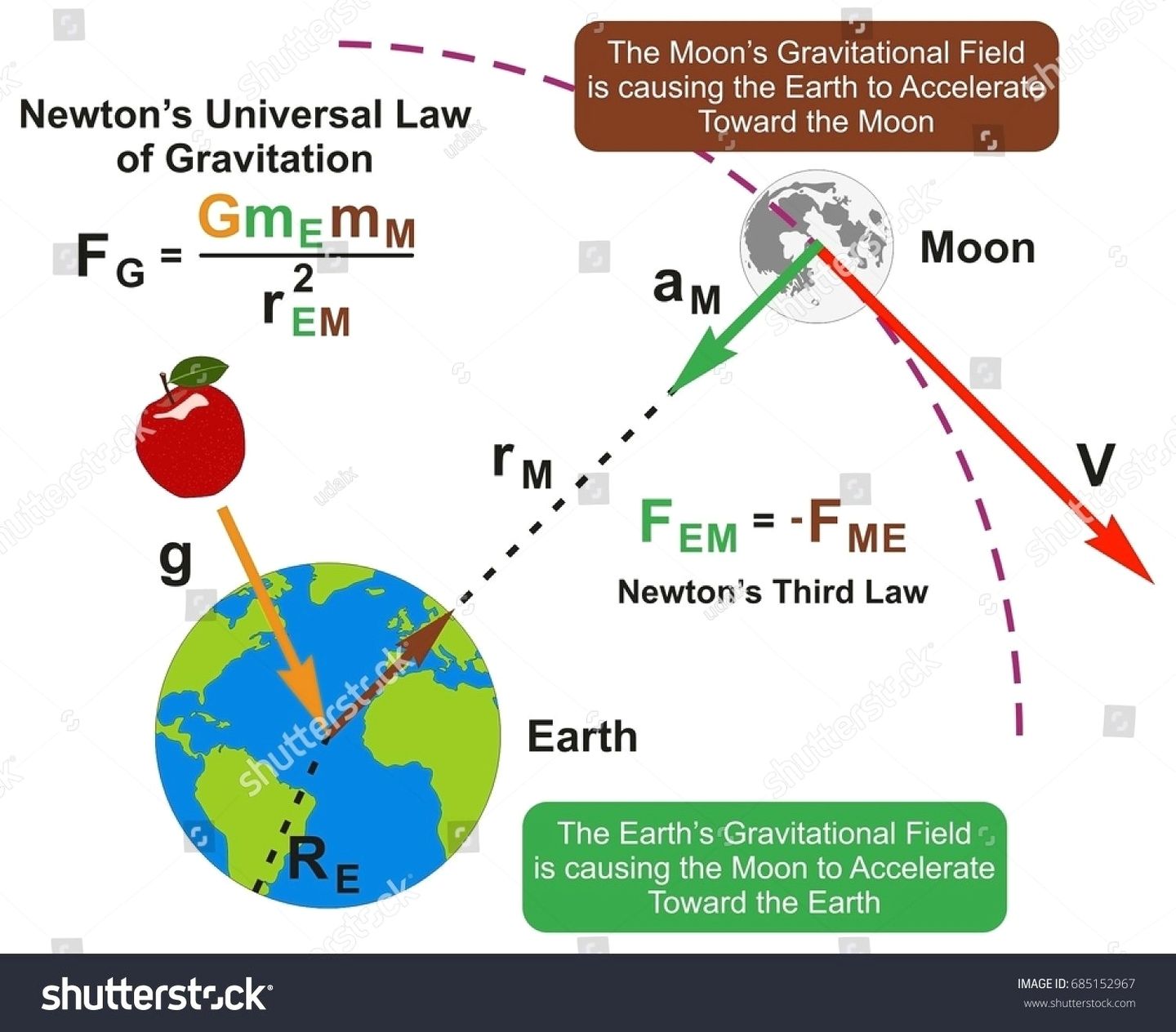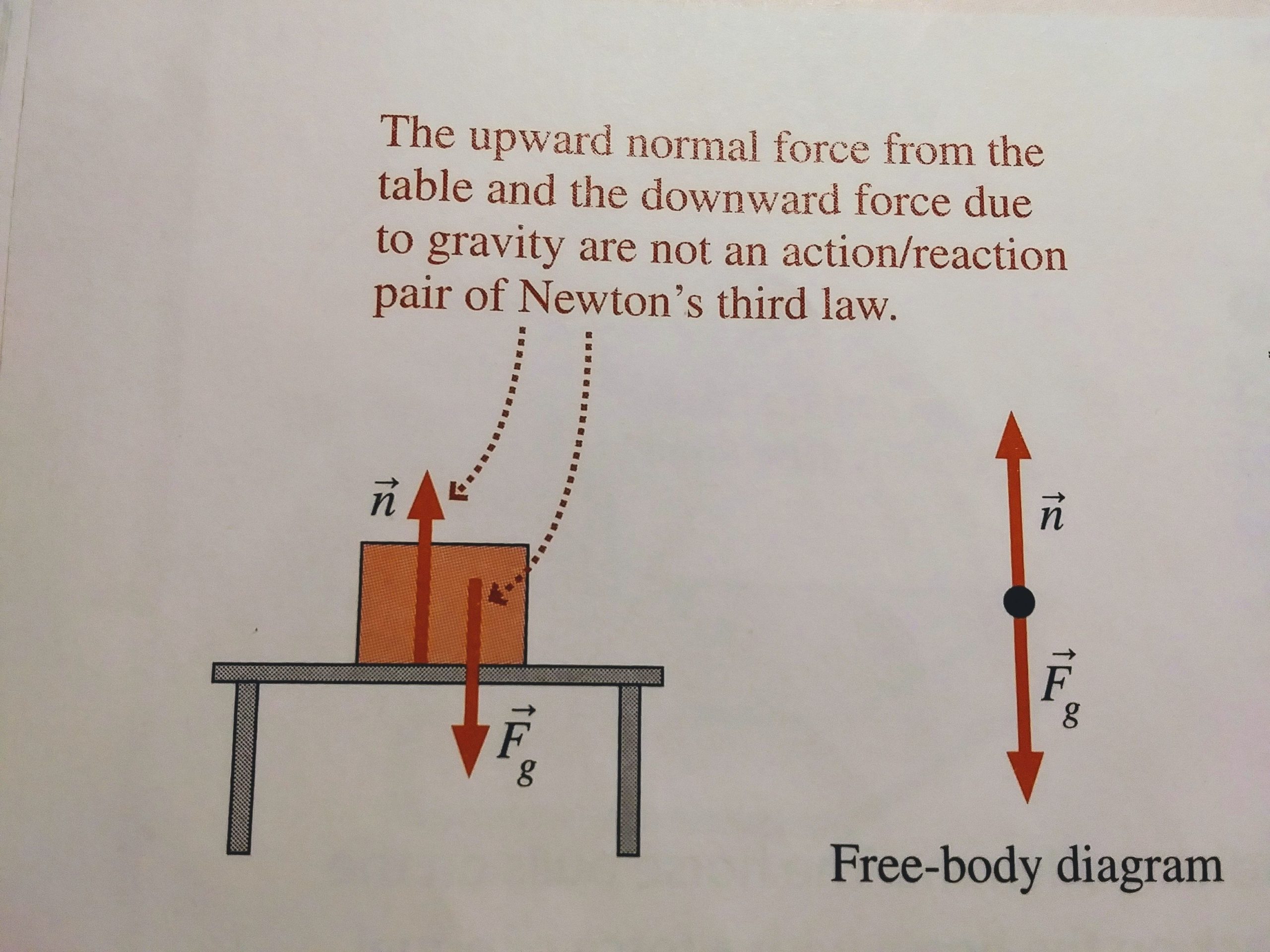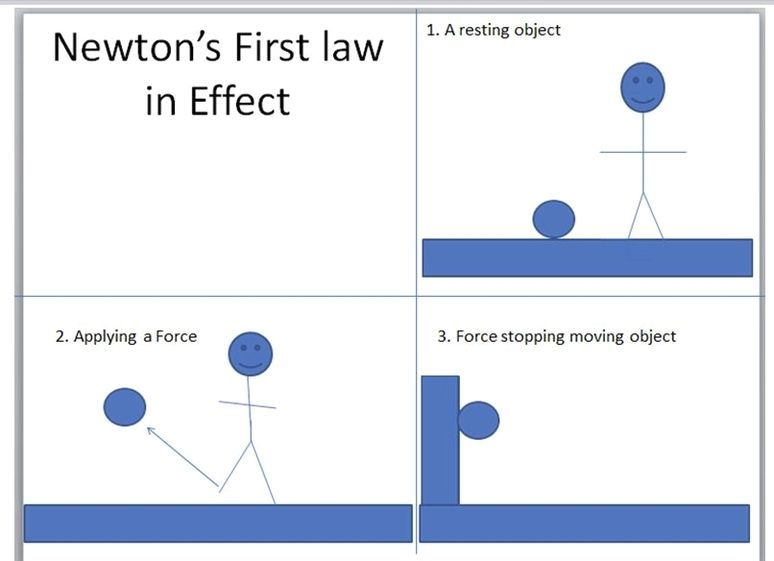See the below image for the Newtons laws of motion diagram. Newton’s First Law of Motion states that an object in motion tends to stay in motion unless an external force acts upon it. Similarly, if the object is at rest, it will remain at rest unless an unbalanced force acts upon it.
Newton’s laws of motion imply the relationship between an object’s motion and the forces acting on it. In the first law, we understand that an object will not change its motion unless a force acts on it. The second law states that the force on an object is equal to its mass times its acceleration.
Newton’s laws of motion are three laws of classical mechanics that describe the relationship between the motion of an object and the forces acting on it. These laws can be paraphrased as follows: Law 1. A body continues in its state of rest, or in uniform motion in a straight line, unless acted upon by a force.
